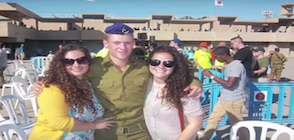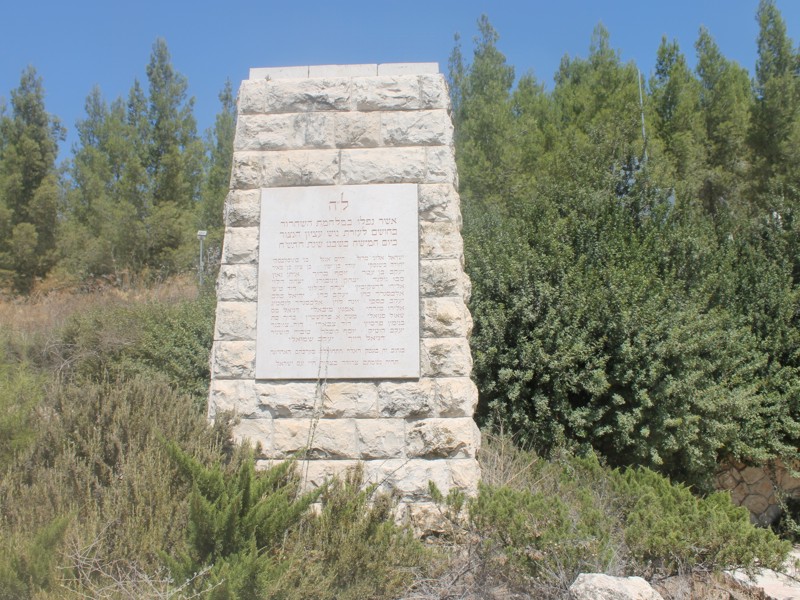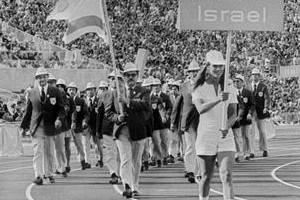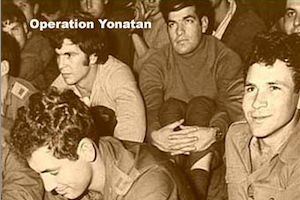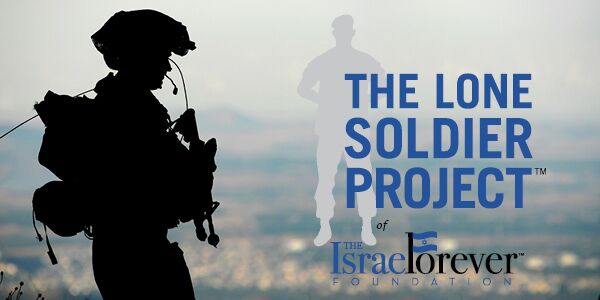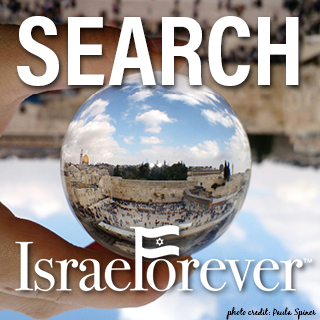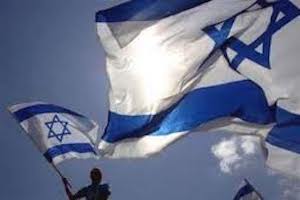Thirty Five Heroic Men
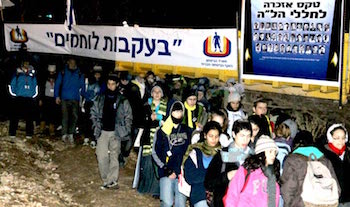
This week, my wife said to me, “I’m surprised they haven’t canceled the hike given the ‘situation’.”
The hike to which she was referring is known in Israel as the “Lamed Hey,” names of the two Hebrew letters whose numerical value is equal to Thirty-Five. The “Lamed Hey” hike is one in which ninth grade students are bussed in from all over the country to do a hike overnight which is no doubt equally social as it is historic. Conveniently the hike’s beginning and end are close to my home so our ninth grade daughter doesn’t have to take a bus for hours to get there or back.
My four older children all participated in the “Lamed Hey,” and it’s indeed a highlight of their year. But it is also an essential piece of the DNA that makes up the modern nationalism with which we imbue our children. We are proud to see them reflect that in their enthusiastic partition on an all-night hike during what’s typically the coldest and most rainy part of the year.
Why is this hike called the “Lamed Hey”? What is the significance of Thirty-Five? Why is it historic? Why do thousands of teens give up a night to hike up barren hills in the Judean Mountains each year?
The “Lamed Hey” is a reenactment of a famous hike of the legendary Thirty-Five men for whom hike is named. Our kids experience for a night the terrain, and weather, of an historic event in modern times, and part of our unbreakable bond to the Land. The Thirty-Five who made the first hike were on a mission. They did not discover a new path to ascend the Judean Mountains, but were soldiers who set out on an all-night operation to bring aid to Jewish communities in the Gush Etzion region during Israel's War of Independence. The story is documented in this video:
The story begins on January 15, 1948. Thirty-Five men set out by foot carrying heavy backpacks loaded with first-aid supplies, plasma, weapons, and ammunition, critical supplies for the embattled Jewish Gush Etzion communities. They were forced to ascend the Judean Mountains’ rocky terrain slowly. They departed before midnight, more than 15 miles from their destination. Other than braving a cold winter night, they first had to bypass a British police station unnoticed, and continue through hostile Arab territory.
The Thirty-Five walked throughout the night. Towards dawn they approached Zurif, the last Arab village before Gush Etzion, four miles away. The unit was detected and they were attacked. They were deep in hostile territory without any means to call for outside help or reinforcements. As soon as the battle began, the commander realized that they would not be able to break through to Gush Etzion. They quickly split into two and, with one group covering the other, they climbed to the top of what is now known as "Battle Hill,” a strategic defense location.
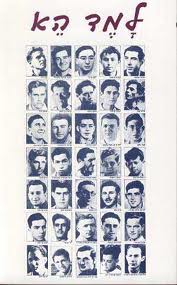
The Thirty-Five bravely defended themselves against the fierce attacks of hundreds of Arabs from neighboring villages. Toward evening on January 16, the supply of ammunition which the Thirty-Five carried began to run out. The battle ended with the death of the last of the Thirty-Five who, having used up all their ammunition, died defending themselves with rocks in their hands. After the battle, many of the bodies were mutilated by the Arabs beyond recognition.
One of the blessings of living and raising my children in Israel is instilling in them a deep connection to the Land and our history here. We live our lives through the prism of a set of landmarks that underscore this daily. Some go back thousands of years including the Western Wall and remains of Jerusalem’s ancient Temples, the burial places of our patriarchs and matriarchs, Abraham, Isaac, Jacob, Sarah, Leah, Rebecca and Rachel, Joseph and others. These are frequented on typical tourist itineraries, but there are many more off the beaten path like the “Lamed Hey” which are no less significant. These are landmarks along the thousands of years of Jewish history, underscoring our ancient, and modern, connection to the Land, and our future here as well.
There’s something awesome and humbling knowing that the same hills in which we live, with the hot dry summers, cold rainy winters, beautiful landscapes, and magnificent sunsets, are the same today as when our ancestors lived here, connecting us deeply to the Land, and our history. Of course, the most famous Book documents this all. I just have the privilege to live and raise my family in the front yard.
Growing up in New Jersey, the closest parallel I can think of from an American perspective is visiting the battlefields of the Revolutionary War. I remember vividly as a child, not much younger than my daughter is now, watching a reenactment of the Battle of Princeton, on the very battlefield in which it took place, as part of the American commemoration of its 200 years of independence in 1976. That was cool and historic indeed.
Yet while the “Lamed Hey” is a reenactment of something “only” 68 years old, it’s a link in a chain of the thousands of years of connection we have to this Land. We are connected here, biblically, historically, and in modern times in more ways than can be recounted. We have paid, and continue to pay, a heavy price to return and restore Jewish sovereignty to the Land that God gave to Abraham, Isaac and Jacob, and their descendants, including me and my family.
It is with no small measure of joy and privilege that I raise my children here, 10-15 minutes from Jerusalem, the Cave of the Patriarchs in Hebron, Rachel’s Tomb in Bethlehem, and “Battle Hill” to where each of my five eldest children now have retraced the footsteps of modern forefathers, heroes, recalling their bravery, and our timeless connection to this, our Land.
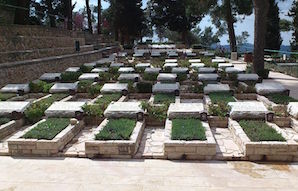
This year, when my wife commented that she was surprised that the hike hadn’t been canceled because of the “situation,” she was referring to the ongoing plague of terrorism that continues in our midst. This has led Israeli media to dub the main intersection near our home, the Gush Etzion intersection, the “intersection of death.”
For security purposes, and in this context, one might understand the hesitation in taking thousands of teens on an all-night hike, passing the same Arab villages whose inhabitants murdered and dismembered the Thirty-Five heroes whose lives and legacy we remember this week.
However, in this context, it’s all the more important that the kids experience the “Lamed Hey” because this year, hostility aimed at Jews in the Land of Israel is frighteningly similar to that of 1948. This year, it’s all the more important we remember, and vow never to turn back.
Jonathan Feldstein was born and educated in the U.S. and immigrated to Israel in 2004. He is married and the father of six. He has a three decade career in nonprofit fundraising and marketing and throughout his life and career, he has become a respected bridge between Jews and Christians. He writes regularly on major Christian web sites about Israel and shares experiences of living as an Orthodox Jew in Israel. He can be reached at FirstPersonIsrael@gmail.com.

